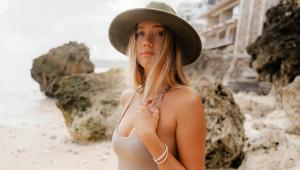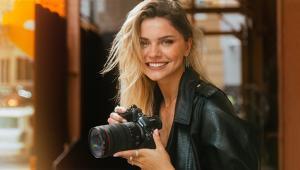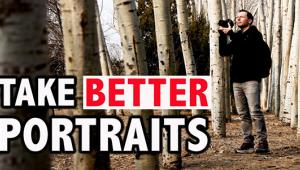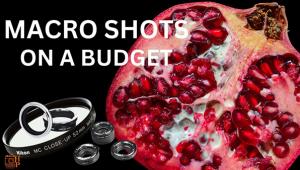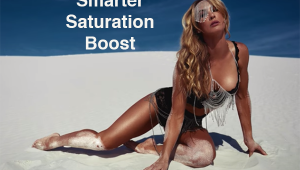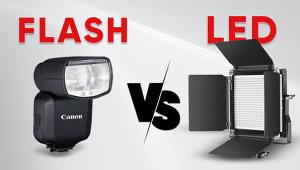How to Light for Environmental Portraits: Benny Migliorino Shares Tips on His Signature Style

It’s welcome news to any photographer when the look of their images becomes a distinct, signature style. That’s exactly what has happened to Benny Migliorino, whose specialty is environmental and location portraits. “A lot of people say that what I’ve become known for is dramatic lighting,” Migliorino acknowledges, “but I didn’t set out to be known for that—it’s just the way I like to light, and the way I want my photographs to look.”
Migliorino’s found he can create his dramatic images by setting the scene with a relative minimum of lighting equipment, which is a great benefit since he does most of his photography on location and doesn’t always have assistants with him.
Whether in conversation or on the job, Migliorino likes to cut to the chase, so let’s do that by getting right to the pictures and their stories.












Gear On Location
Migliorino currently uses a Nikon D800 and D700; a collection of Nikkor lenses (16mm f/2.8 fisheye, 50mm f/1.4, 85mm f/1.4, 105mm f/2.8 micro, 24-70mm and 70-200mm f/2.8 zooms); a total of five SB-700 and SB-800 Speedlights; and an SU-800 remote commander to wirelessly fire the Speedlights from the camera position. A Westcott Ice Light, a dimmable LED, is always in his bag. Migliorino also carries RadioPopper JrX units to trigger the Speedlights when they’re not in line-of-sight setups. “In a perfect world,” he says, “the main Speedlight would be at a quarter power and within eight feet of the subject, depending on the light modifier I’m using, with all the other Speedlights set at one-eighth power. But I’m always ready to experiment and change the setting for the mood of the photo.”
The Westcott Rapid Box 26-inch Octa Softbox is a favorite, and he also uses a Westcott 2334 28-inch Medium Apollo. Rogue flash gel kits for the SB units are must-carry items.
“I tend to bring a lot of reflectors and diffusers with me,” Migliorino says, “but they don’t always leave the car. I’ve got a Westcott 5-in-1 32-inch reflector kit and a California Sunbounce medium reflector, too.” Migliorino will have with him at least one light stand, sometimes two, and either a Lightware FourSquare block that holds up to four Speedlights, or a Westcott Triple Threat that holds…well, you know.
Plus all the batteries and cards he’s learned he’ll need. And then a few more.
Migliorino’s website, www.bennymigsphoto.com, features his images as well as videos of Migliorino and his gear at work; go to Films to access them. His book, Environmental Portraiture: Artistic Lighting and Design for Location Photography, will be published this year by Amherst Media.
- Log in or register to post comments

